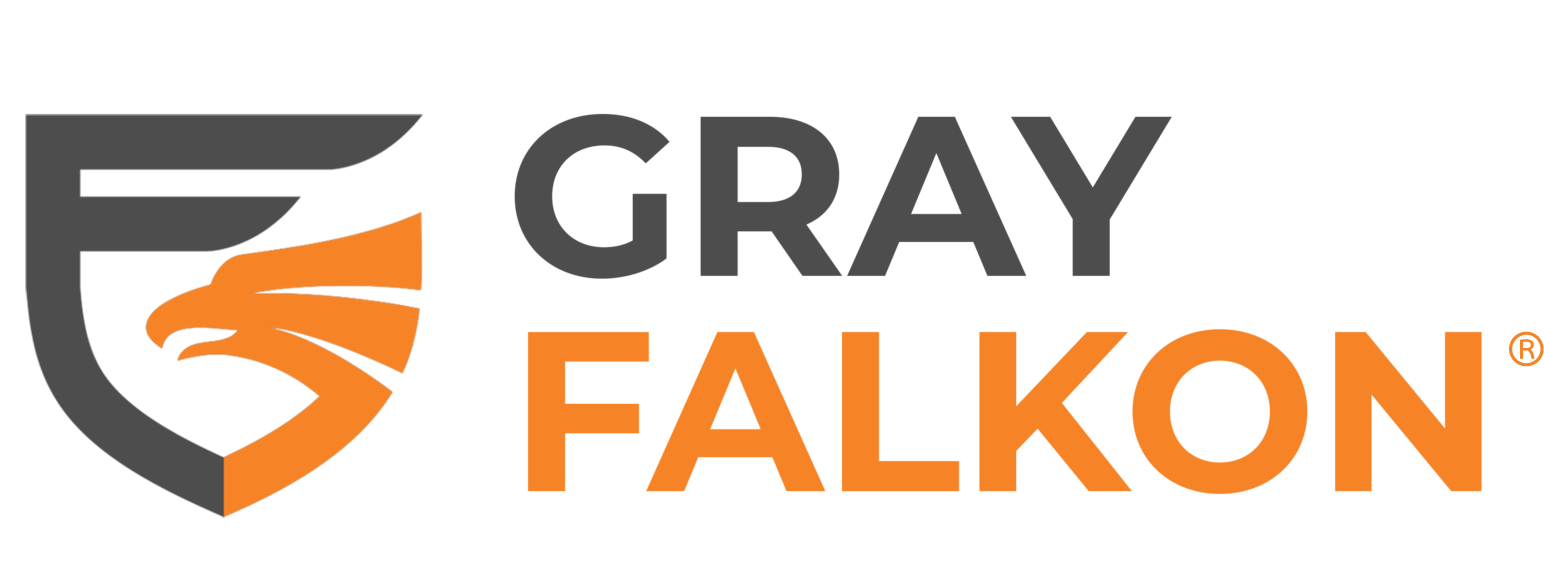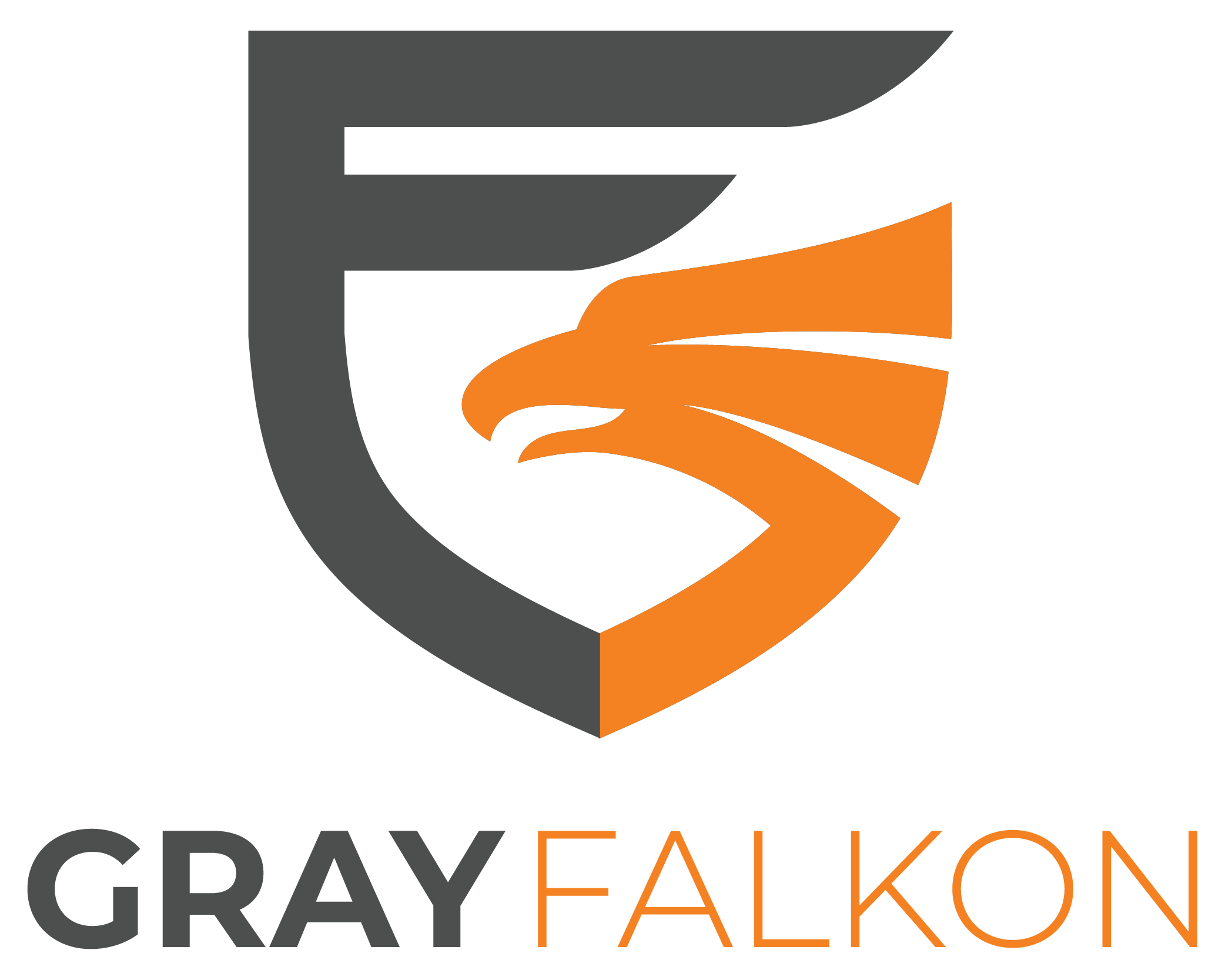
Counterfeiting has become a persistent and damaging threat in eCommerce, costing brands billions in lost revenue each year. Marketplaces like Amazon and Walmart provide global access to customers, but they also attract counterfeiters looking to exploit brands for profit. These bad actors sell fake, low-quality products that not only hurt a brand’s bottom line but also damage customer trust and brand reputation.
Many brands rely on marketplace-provided enforcement tools, but these tools are often reactive rather than proactive, often addressing counterfeits only after they have already infiltrated the market. This delay allows counterfeiters to continue harming brands, often under new seller accounts or different listings. To truly combat counterfeiting, brands must go beyond basic enforcement and adopt a proactive, multi-layered anti-counterfeiting strategy.
Understanding the Different Types of Marketplace Violations
It’s important to understand the different types of unauthorized activity that can threaten a brand’s marketplace presence. While counterfeiting is one of the most damaging violations, it’s not the only issue brands face. Gray market goods, unauthorized sellers, and listing manipulation also pose serious risks and require different enforcement strategies.
Counterfeit Products: Direct Imitations of Authentic Goods
Counterfeits are unauthorized replicas of legitimate products, often designed to deceive customers into believing they are purchasing the real thing. These fake products:
- Use stolen branding elements, including logos, packaging, and product descriptions.
- Are manufactured with lower-quality materials, leading to poor performance and customer dissatisfaction.
- Often sell at a steep discount, making them appealing to unsuspecting buyers.
In eCommerce, one of the key challenges is counterfeiters frequently creating new seller accounts or modifying listings to avoid detection, making enforcement difficult without ongoing monitoring.
Gray Market Goods: Genuine Products Sold Outside Approved Channels
Gray market goods are legitimate products that enter marketplaces through unauthorized distribution channels. Unlike counterfeits, these products are real, but they may be:
- Purchased in bulk from international markets at lower costs and resold online.
- Sourced from liquidation or excess inventory channels, leading to inconsistent availability.
- Sold without warranty protection, misleading customers who expect full brand support.
Because gray market goods are genuine, removing them can be more complex than counterfeiting enforcement. Brands must rely on distribution controls, pricing policies, and marketplace policies to limit unauthorized resale.
Unauthorized Sellers: Third-Party Resellers Without Brand Approval
Unauthorized sellers operate on marketplaces like Amazon and Walmart without a brand’s permission. While they may not always sell counterfeit or gray market goods, they often:
- Violate pricing agreements, undercutting official sellers.
- List outdated or damaged inventory, leading to poor customer experiences.
- Create confusion for customers, who may not know whether they are purchasing from an official brand store.
What makes unauthorized sellers so difficult to prevent and control is how they obtain their inventory. Many unauthorized sellers obtain inventory through backdoor channels and re-list under various seller names, making it difficult to track and remove them.
Why Reactive Enforcement Isn’t Enough
Many brands rely on marketplace-provided tools and only take action against counterfeiters after they have already infiltrated the market. This reactive approach may seem sufficient at first, but it fails to address the root of the problem. This allows counterfeiters and unauthorized sellers to repeatedly exploit loopholes and continue operating under new listings.
To effectively combat counterfeiting, brands must move beyond reactive enforcement and adopt a proactive strategy that detects threats before they escalate.
The Limitations of a Reactive Approach
Most marketplaces, including Amazon and Walmart, offer brand protection tools that allow companies to report counterfeit goods and unauthorized sellers. However, these tools:
- Require brands to manually submit complaints, which is time-consuming and inconsistent.
- Can be slow to respond, meaning counterfeit products remain live for days or even weeks.
- Fail to prevent repeat offenders, as sellers can simply relist under different accounts.
- Only protect a single marketplace at a time, leaving brands vulnerable across other platforms.
By the time a counterfeit listing is removed, the damage has already been done, customers may have unknowingly purchased fake products, leading to negative reviews, returns, and a loss of brand trust.
How Counterfeiters Exploit Slow Enforcement
Bad actors understand marketplace enforcement delays and take full advantage of them by:
Constantly Relisting Products Once a counterfeit listing is removed, sellers create new listings under different ASINs to stay active. Some counterfeiters operate multiple seller accounts at the same time, ensuring that even if one account is suspended, others remain active.
Flooding the Market Before Detection: Counterfeiters target trending or high-demand products, flooding the marketplace before enforcement can catch up. They price products significantly lower, undercutting legitimate brands before their listings are removed.
Mimicking Legitimate Listings: Many counterfeiters steal images and descriptions from official product listings, making them harder to identify. Some even slightly alter branding elements to evade detection while still deceiving customers.
Key Components of a Strong Proactive Anti-Counterfeiting Strategy
A successful anti-counterfeiting strategy goes beyond simple marketplace takedown requests, it requires a multi-layered approach that combines proactive monitoring, intellectual property protection, test buys, and quick actions. Counterfeiters are constantly evolving their tactics, which means brands must stay ahead by implementing a comprehensive and continuous protection strategy.
Comprehensive Marketplace Monitoring
Counterfeit listings appear quickly and frequently, often across multiple platforms. Brands must actively monitor for unauthorized sellers and fraudulent listings before they gain traction.
Key areas to monitor:
- New sellers offering products at significantly lower prices.
- Listings with stolen images, incorrect branding, or misleading descriptions.
- Patterns in counterfeiter behavior, including sellers with repeated violations.
How to implement:
- Use automated monitoring tools to scan listings continuously.
- Conduct manual spot-checks to verify suspicious sellers.
- Compare ASINs, pricing trends, and seller IDs across multiple platforms.
Intellectual Property (IP) Protection
Counterfeiters exploit weak enforcement mechanisms, making strong IP protections critical for taking action against repeat offenders.
Key strategies:
- Register trademarks and copyrights to establish a legal foundation for enforcement.
- Use marketplace tools like Amazon Brand Registry, Transparency, and Project Zero to increase protection.
How to implement:
- Ensure all brand assets (logos, packaging, product descriptions, and imagery) are legally registered.
- File formal IP infringement complaints when needed.
Test Buys & Verification Processes
Test purchases provide concrete evidence of counterfeiting, making enforcement actions more effective.
Key strategies:
- Conduct test buys of suspected counterfeit products to verify authenticity.
- Compare packaging, materials, and product performance to confirm violations.
- Use test-buy evidence to file stronger counterfeit claims and pursue action if necessary.
How to implement:
- Regularly purchase and inspect suspected counterfeit products.
- Maintain records of seller accounts and ASINs associated with fraudulent goods.
- Use test-buy data to strengthen takedown requests.
Removing Counterfeit Listings Efficiently
A slow removal process allows counterfeiters to continue profiting, damaging both sales and customer trust.
Key strategies:
- Submit violations to the marketplace as soon as counterfeits are detected.
- Track repeat offenders and escalate enforcement against sellers who relist fraudulent items.
- Follow up persistently, as marketplaces do not always remove listings immediately.
How to implement:
- File detailed counterfeit reports with screenshots, ASINs, and supporting evidence.
- Keep case records to reference for repeat offenders.
- If possible, work with enforcement teams to ensure faster processing times.
Cross-Platform Protection
Counterfeiters do not just operate on one marketplace, if removed from Amazon, they often resurface on Walmart, eBay, or other platforms. Multi-platform protection ensures that counterfeits are removed everywhere, not just in one location.
Key strategies:
- Monitor all major eCommerce platforms for unauthorized listings.
- Ensure consistent branding and product information across all sales channels.
- Use tracking tools to detect cross-platform violations.
How to implement:
- Work with a brand protection service that monitors multiple marketplaces.
- Use unified enforcement strategies across Amazon, Walmart, eBay, and other platforms.
- Eliminate counterfeiters at the source rather than chasing them across multiple marketplaces.
By combining these core strategies, brands can take a proactive approach to counterfeit prevention and enforcement.
How Gray Falkon Strengthens Brand Protection
For brands battling counterfeits across eCommerce platforms, Gray Falkon provides a comprehensive solution that surpasses the limitations of marketplace enforcement tools. By integrating advanced AI-driven monitoring with strategic enforcement workflows, Gray Falkon helps brands detect and remove counterfeit listings efficiently while preventing repeat violations. Our approach ensures that counterfeiters are identified early, violations are reported effectively, and brands maintain control over their marketplace presence.
AI-Powered Counterfeit Detection
Gray Falkon’s technology continuously scans online marketplaces like Amazon and Walmart, analyzing product listings, seller behavior, and pricing anomalies to detect counterfeit goods. By leveraging AI-driven pattern recognition, our system identifies suspicious activity that might otherwise go unnoticed. This proactive approach ensures that counterfeit listings are flagged before they can significantly impact a brand’s sales or reputation.
Automation-Driven Violation Reporting
Detecting counterfeit listings is only the first step. Successful enforcement requires fast and accurate reporting. Gray Falkon streamlines the reporting process by automating the preparation and submission of counterfeit claims. Once an infringement is identified, our solution generates structured, marketplace-compliant reports with the necessary arguments and evidence, ensuring that enforcement requests are processed quickly and efficiently. This level of precision reduces delays in counterfeit removals and increases the likelihood of swift marketplace action.
Cross-Platform Brand Protection
Counterfeiters do not limit themselves to a single marketplace, and neither does Gray Falkon. While platforms like Amazon and Walmart provide individual enforcement tools, these tools are often restricted to their own ecosystems. Gray Falkon offers cross-platform monitoring, ensuring that counterfeit listings are detected and removed across multiple sales channels, including Amazon, Walmart, eBay, and Mercado Libre. This consistent enforcement strategy helps brands eliminate counterfeiters wherever they operate, preventing them from simply shifting to another marketplace.
A Proactive Approach to Anti-Counterfeiting
Counterfeit products continue to pose a serious threat to brands across online marketplaces, leading to lost revenue, customer trust issues, and brand dilution. Many companies rely on marketplace enforcement tools, but these tools alone are not enough to combat counterfeiters who constantly adapt their tactics and shift between platforms. A strong anti-counterfeiting strategy requires proactive monitoring, fast enforcement, and cross-platform protection to ensure long-term brand integrity.
By integrating AI-powered monitoring, automation-driven violation reporting, and multi-platform enforcement, Gray Falkon helps brands stay ahead of counterfeit threats. Instead of waiting for counterfeit listings to surface and cause damage, our system detects and removes them early, preventing repeat violations and ensuring a stronger, more secure brand presence.
Schedule a demo today to take control of your anti-counterfeiting strategy and protect your brand across all major eCommerce platforms.



